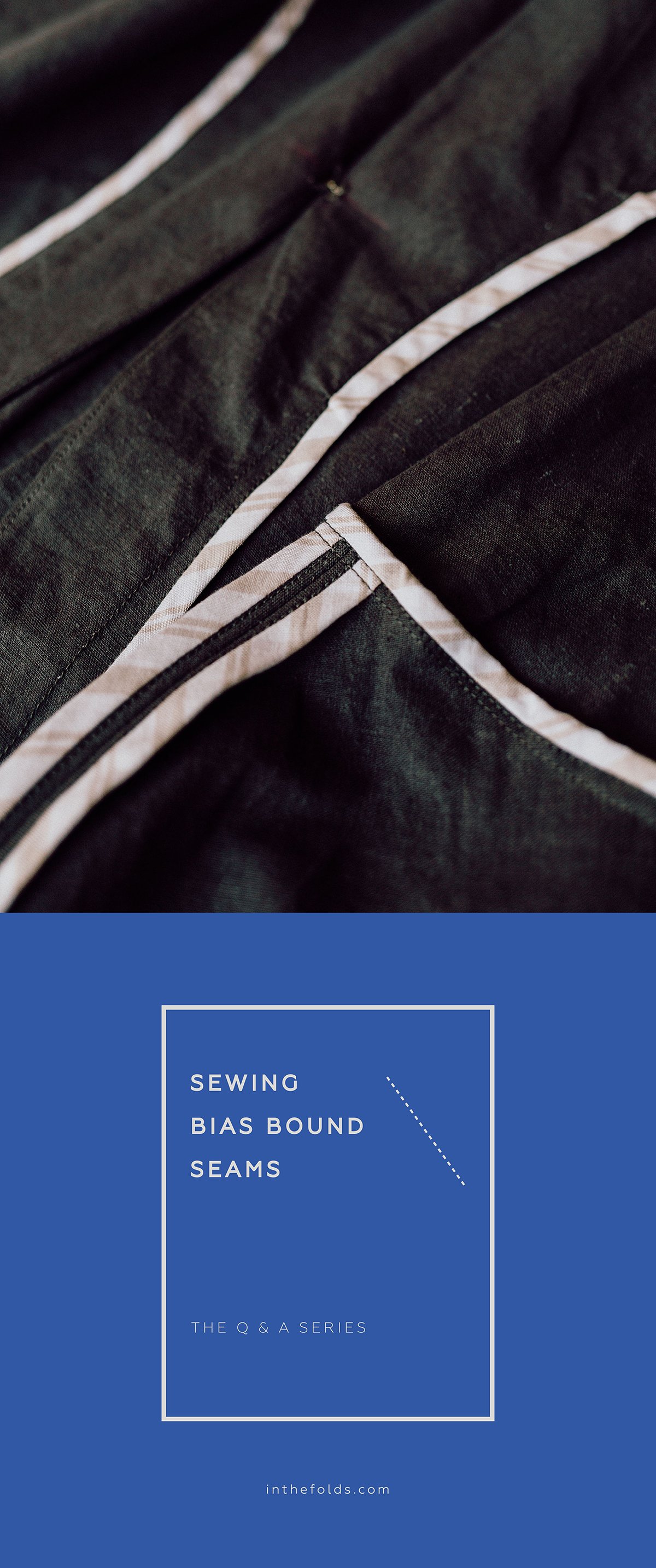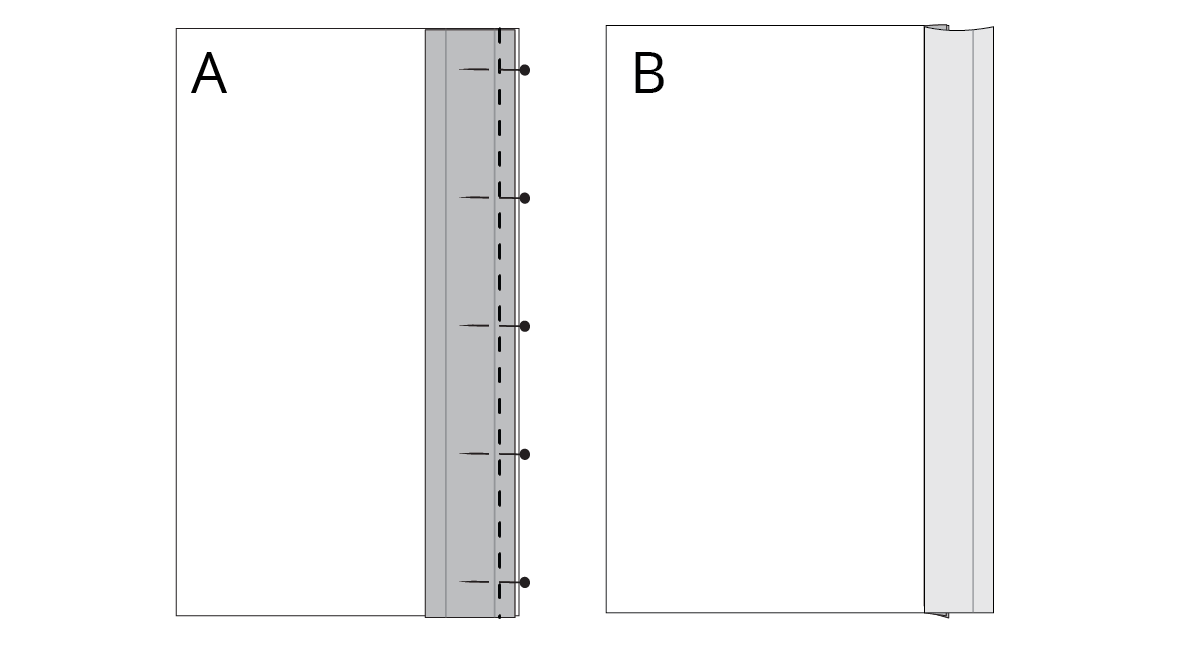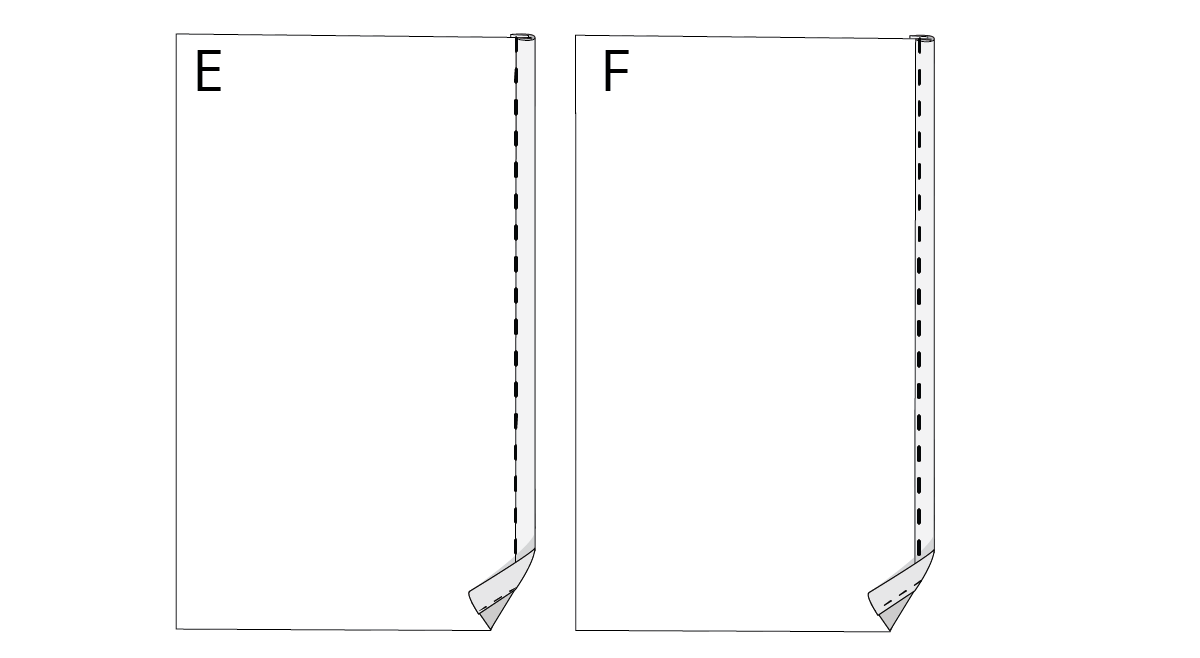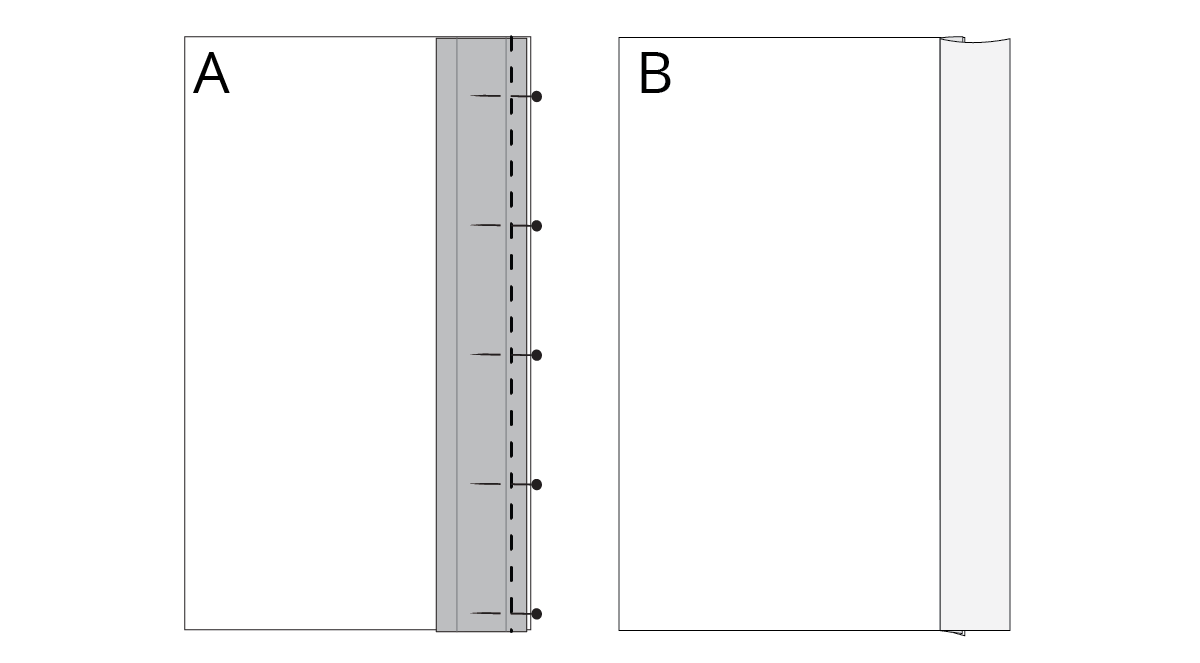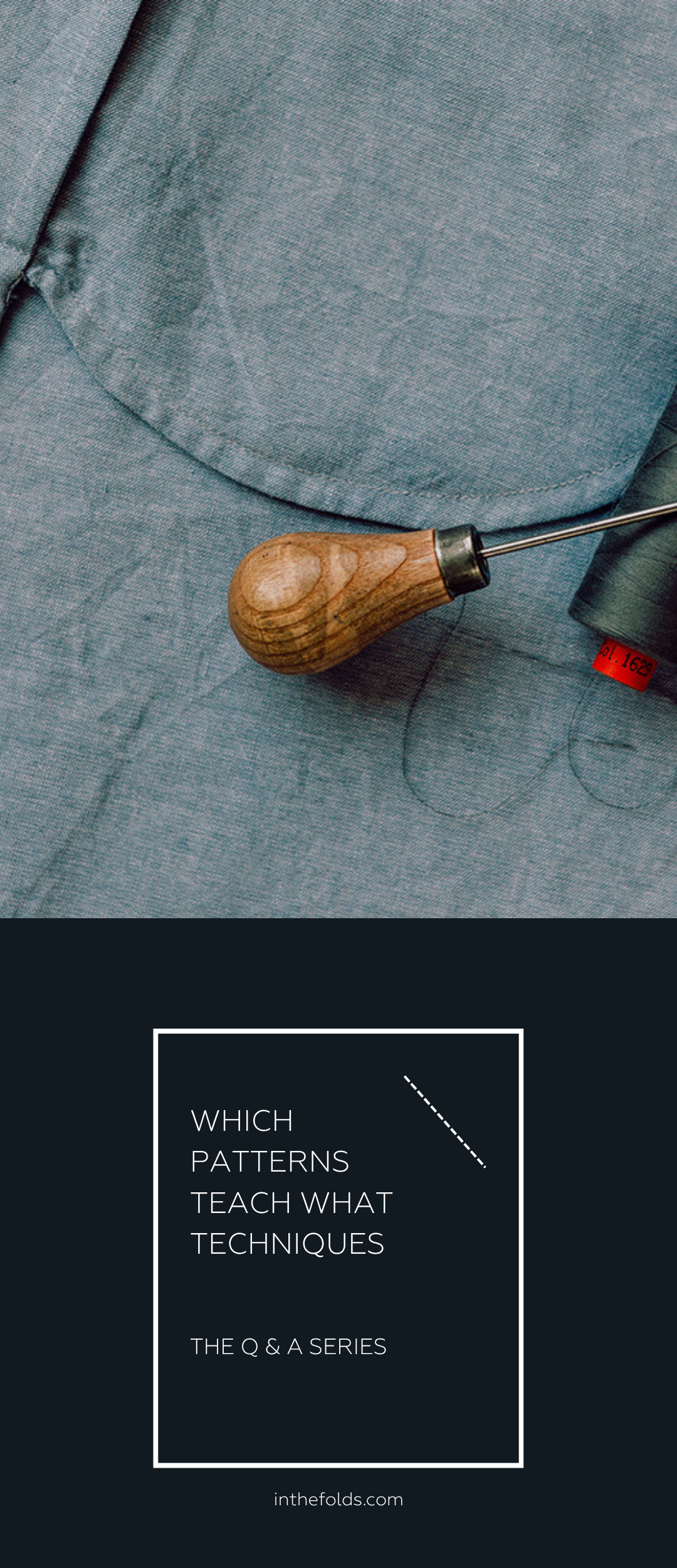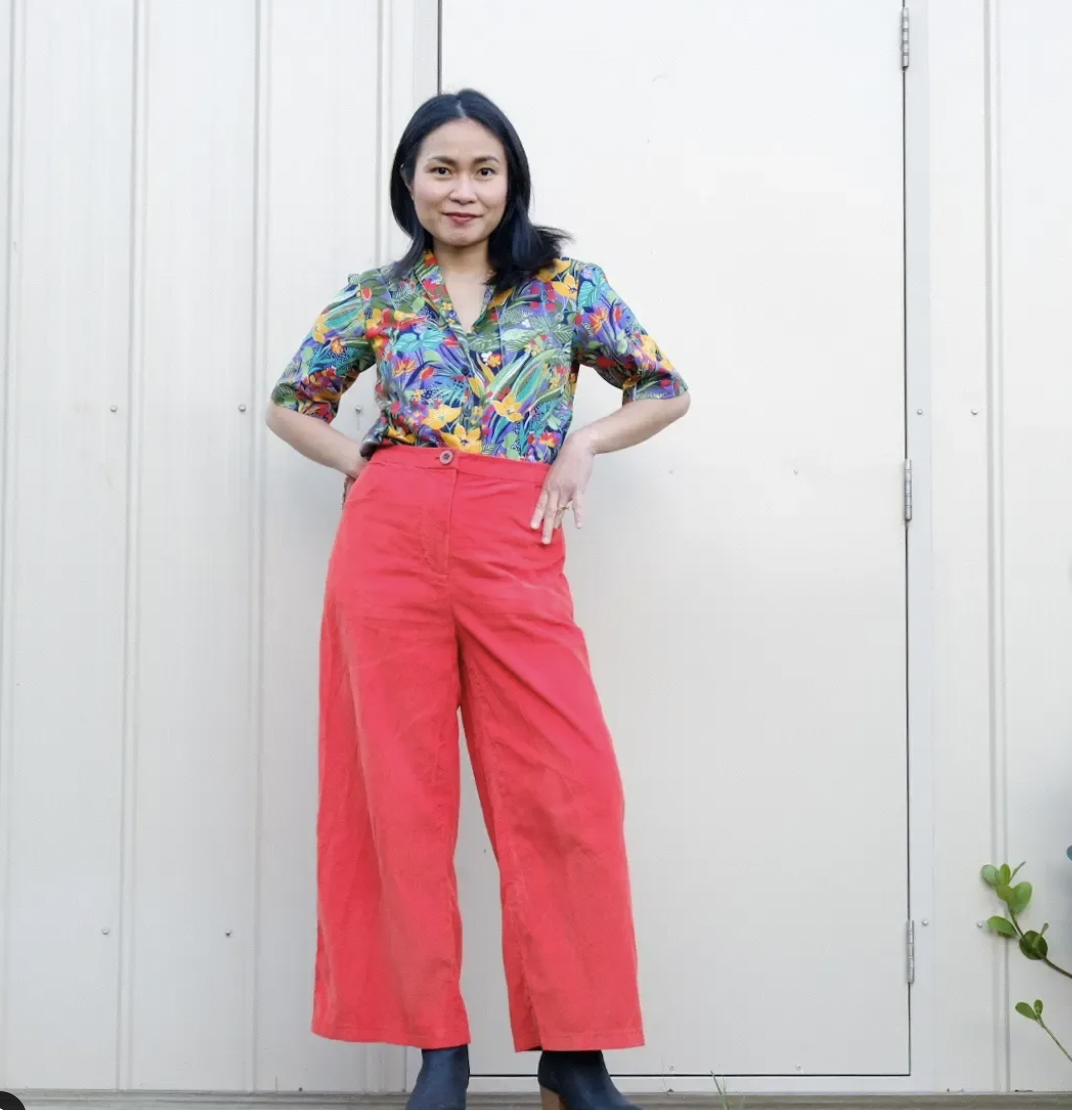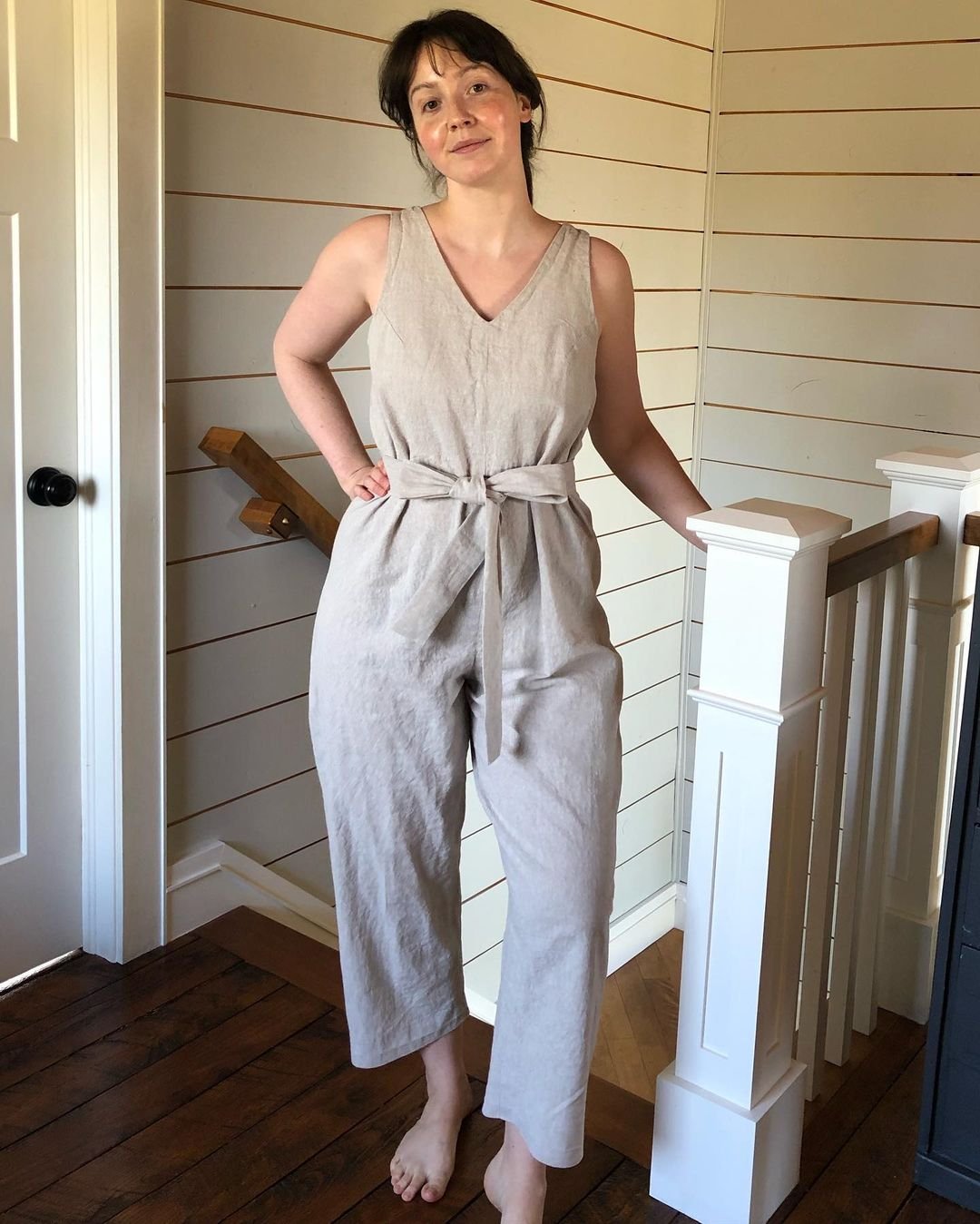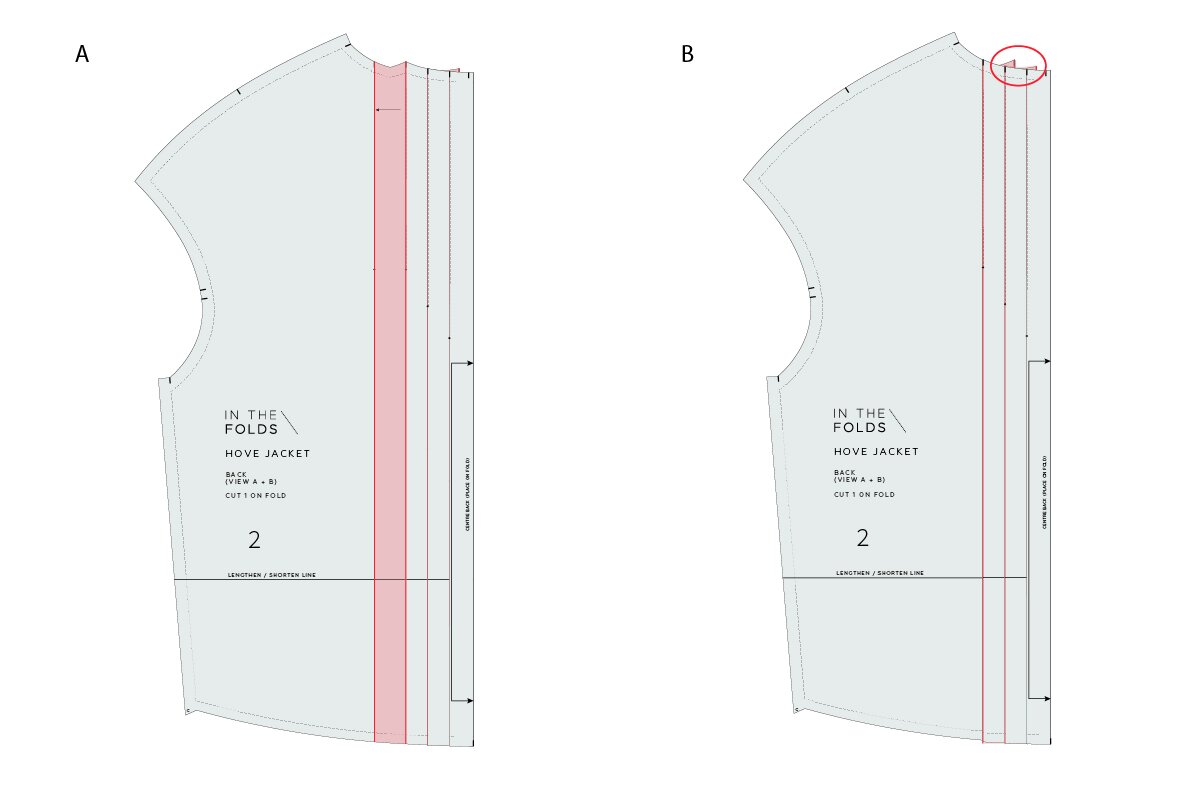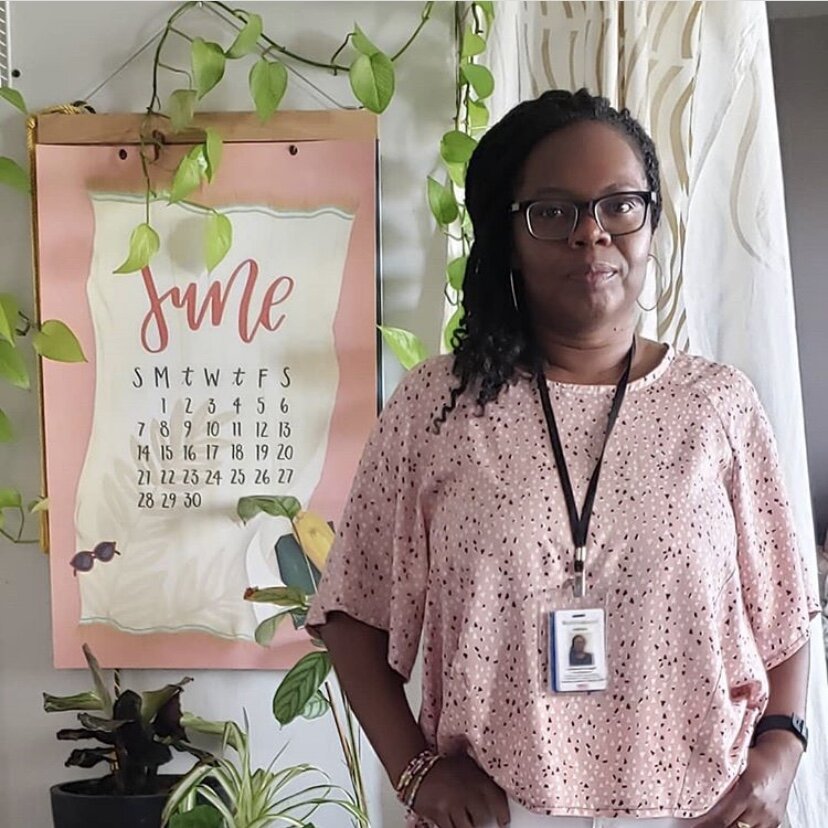THE Q & A SERIES
How to shorten the Hove jacket
Hi Emily
I am really enjoying improving my skills each month with Curated and I’m about to start the Hove Jacket (View A).
I am short and I would like to shorten the overall jacket length . This pattern has a couple of beautiful curves in its feature panels that are intersected by the shorten/lengthen lines - could you please provide some tips on grading a curve when shortening 80-100mm.
Jen
Adelaide
Hi Jen,
Great to hear you are enjoying Curated by ITF and would like to give the Hove jacket a go!
Here at In the Folds we love a curved seam. They make fun and interesting shapes to wear and sew. Some of our favourite curved seams can be found in the Hove jacket, Flynn jacket and the Darlow pants.
You’re right though, when it comes to shortening or lengthening a pattern with curves, it does change the process a little bit, in comparison to altering straight seams.
The Hove jacket and the Flynn jacket are actually sibling patterns and share the same curves. We have a tutorial here that shows you how to shorten the Flynn, which you can use on the Hove jacket as well.
CHECK AND TRUING A PATTERN
Once you have made the adjustment to the length, the most important part of the process is to check that your seams fit together. This is called “checking and truing” a pattern.
This means that you walk the seams together as if they have been sewn and check that all the seams are the correct length and that the notches line up. We have a tutorial on that process here.
I’d suggest you get into the habit of checking and truing your patterns after making any pattern alterations. It only takes a few minutes once you get the hang of it. Believe me, it will save you a lot of frustration in the long run because you’ll be able to catch a rogue notch or a seam that you didn’t quite adjust properly before it affects the garment’s construction.
I hope these tutorials give you the confidence to shorten the pattern!
Happy sewing,
Emily
Happy sewing,
Emily
RESOURCES MENTIONED IN THIS ISSUE
The Flynn jacket pattern can be found here.
The Hove jacket pattern can be found here.
The Darlow pants pattern can be found here.
More information about our Curated by ITF sewing subscription can be found here.
Shortening the Flynn jacket - tutorial can be found here.
Checking and truing - tutorial can be found here.
For more issues of the Q & A series, you can check out the archive here.








